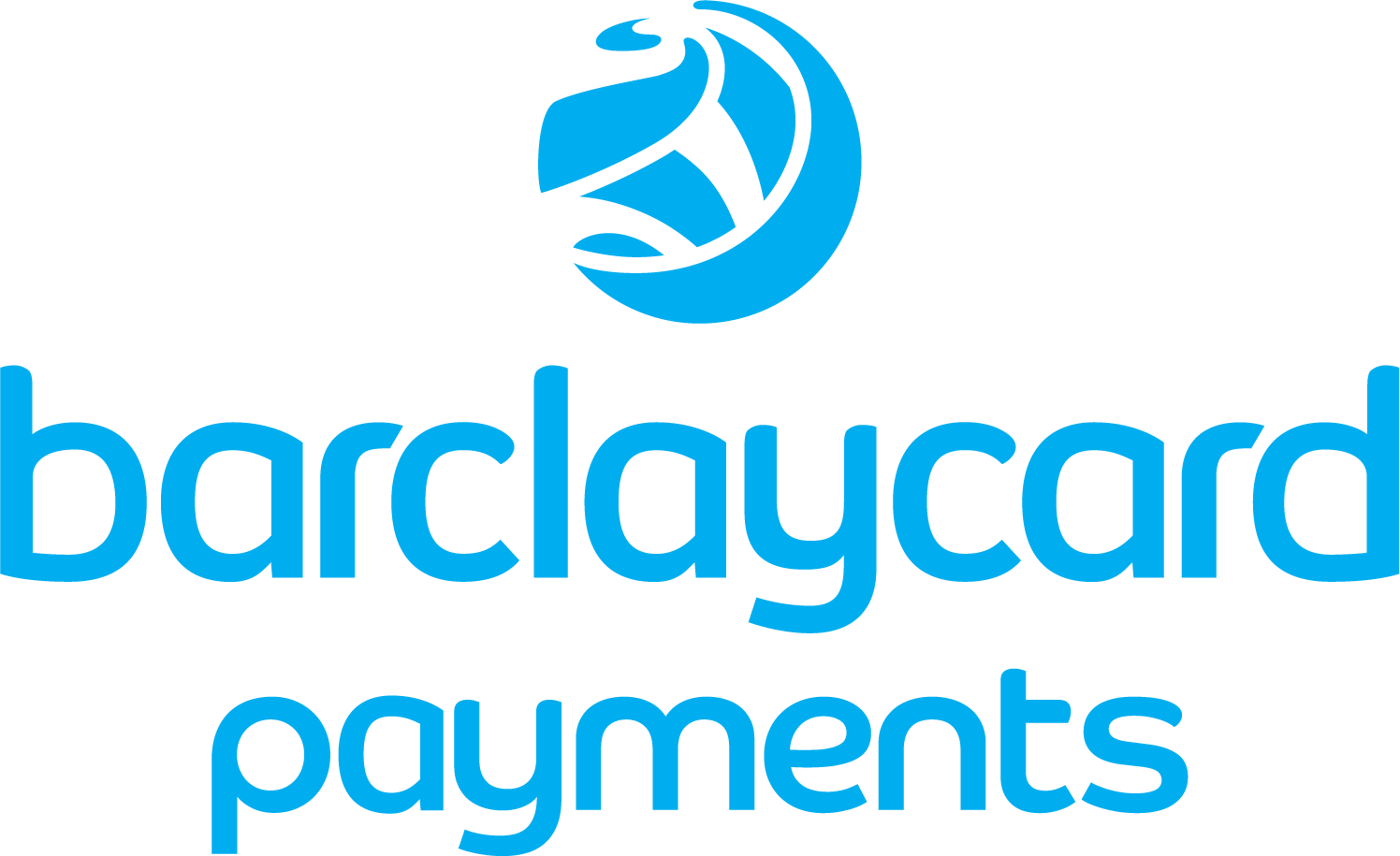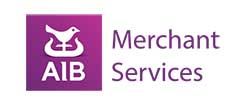- Accept card payments – lowest rates from 0.27%
- Keep your card processing fees to a minimum
- Direct access to the UK’s leading card processing banks
- We ensure your rates always remain competitive
No spam emails or calls
Choose from the payment methods then click Next
What's your turnover each month?
Enter the name of your company
Enter your company's postcode and contact number






The Best Practices for Taking Payments Online: A Practical Guide
In today’s digital-first world, taking payments online has become a cornerstone of modern business operations. Whether you’re a small business owner or managing a large enterprise, offering seamless and secure online payments is essential for staying competitive. With the rise of e-commerce platforms, digital wallets, and contactless payments, customers expect a variety of payment methods that are fast, convenient, and secure.
This guide explores the best practices for accepting online payments, from choosing the right payment gateway to implementing robust fraud prevention tools. By the end, you’ll have a clear understanding of how to start taking payments online effectively and securely.
Why Online Payments Matter
The shift towards digital payments has transformed how businesses operate. Online payment solutions not only improve customer convenience but also enhance improved cash flow and operational efficiency. With the right setup, you can accept payments from customers worldwide, 24/7, without the limitations of traditional cash or cheque transactions.
For businesses, accepting card payments and other online payment methods opens up new revenue streams. Whether it’s credit card payments, debit card payments online, or even accept cryptocurrency payments, offering multiple payment options ensures you cater to a broader audience.
Key Components of Online Payment Systems
To accept payments online, you’ll need to understand the key components involved in the payment process:
1. Merchant Account
A merchant account is a type of business bank account that allows you to accept credit and debit card payments. It acts as an intermediary between your business account and the acquiring bank, ensuring funds from card payments are deposited securely.
2. Payment Gateway
A payment gateway is the technology that facilitates the payment process by encrypting sensitive financial information and transmitting it between the customer, the payment processor, and the customer’s bank. Popular payment service providers like Stripe, PayPal, and Square offer reliable payment gateway solutions.
3. Payment Processor
The payment processor handles the transaction by communicating with the customer’s bank and the acquiring bank. It ensures that funds are transferred securely and efficiently.
4. E-commerce Platform
Your e-commerce platform is where customers browse your products or services and complete their purchases. Integrating a payment gateway and merchant account into your platform ensures a seamless payment process.
Choosing the Right Online Payment Methods
Offering a variety of online payment options is crucial for meeting customer preferences. Here are some of the most popular payment methods to consider:
1. Credit and Debit Cards
Credit card payments and debit card payments online remain the most common online payment methods. Ensure your system can process credit and debit or credit card transactions securely.
2. Digital Wallets
Digital wallets like Apple Pay and Google Pay are gaining popularity due to their convenience and security. These payment options allow customers to make contactless payments without sharing their sensitive financial information.
3. Bank Transfers
For customers who prefer not to use credit or debit cards, bank transfer is a reliable alternative. It’s particularly useful for high-value transactions.
4. Direct Debit
Direct debit is ideal for businesses offering subscription services or recurring payments. It automates the payment process, ensuring timely payments without manual intervention.
5. Cryptocurrency
For tech-savvy customers, consider accept cryptocurrency payments. While still niche, this payment method can attract a specific audience and set your business apart.
Best Practices for Accepting Online Payments
To ensure a smooth and secure payment process, follow these best practices:
1. Choose a Reliable Payment Gateway
Your payment gateway is the backbone of your online payment processing system. Look for a provider that offers robust security features, low transaction fees, and compatibility with your e-commerce platform.
2. Prioritise Security
Protecting sensitive financial information is non-negotiable. Implement secure payment options like SSL encryption, two-factor authentication, and fraud prevention tools to prevent unauthorised transactions.
3. Optimise the Payment Process
A straightforward process is key to reducing cart abandonment. Simplify the checkout experience by offering payment links, payment app integrations, and multiple online payment options.
4. Offer Multiple Payment Methods
Diversify your payment methods to cater to different customer preferences. Whether it’s credit card payments, debit cards, Apple Pay, or Google Pay, flexibility is essential.
5. Monitor Transaction Fees
While transaction fees are inevitable, they can eat into your profits if not managed properly. Compare fees across payment service providers and choose one that aligns with your budget.
6. Ensure Mobile Compatibility
With the rise of online shopping via mobile devices, ensure your payment process is mobile-friendly. This includes optimising your e-commerce platform and payment gateway for smaller screens.
7. Provide Clear Payment Instructions
Make it easy for customers to understand how to take payments on your platform. Include clear instructions for bank transfers, direct debit, and other payment methods.
8. Test Your System Regularly
Regularly test your online payment solutions to identify and fix any issues. This includes checking the functionality of your payment gateway, merchant account, and e-commerce platform.
Benefits of Accepting Online Payments
Taking online payments offers numerous benefits for businesses:
-
Improved Cash Flow: Faster processing times mean quicker access to funds.
-
Global Reach: Accept payments from customers worldwide.
-
Enhanced Customer Experience: Offer convenient and secure payment options.
-
Operational Efficiency: Automate recurring payments and streamline inventory management.
Common Challenges and Solutions
While accepting online payments is advantageous, it comes with its own set of challenges:
1. Fraud and Security Risks
Solution: Invest in fraud prevention tools and educate your team on identifying suspicious activity.
2. High Transaction Fees
Solution: Negotiate lower fees with your payment processor or explore alternative payment service providers.
3. Technical Issues
Solution: Regularly update your e-commerce platform and payment gateway to ensure compatibility and security.
4. Customer Hesitation
Solution: Build trust by displaying security badges, offering secure transactions, and providing excellent customer support.
Future Trends in Online Payments
The world of online payments is constantly evolving. Here are some trends to watch:
- Increased Use of Digital Wallets: Apple Pay, Google Pay, and other digital wallets are becoming mainstream.
- Cryptocurrency Adoption: More businesses are starting to accept cryptocurrency payments.
- Enhanced Security Measures: Biometric authentication and AI-driven fraud prevention tools are on the rise.
- Integration with Other Systems: Payment gateways are increasingly integrating with inventory management and accounting systems.
Taking payments online is no longer optional—it’s a necessity for businesses of all sizes. By understanding the payment process, choosing the right payment methods, and implementing best practices, you can create a seamless and secure experience for your customers.
From selecting a reliable payment gateway to offering secure payment options, every step you take towards optimising your online payment solutions will pay off in the long run. Whether you’re looking to accept credit and debit card payments online or explore other payment methods like direct debit and cryptocurrency, the key is to stay adaptable and customer-focused.
By following this practical guide, you’ll be well-equipped to start taking payments online and unlock the full potential of your business in the digital age.